Existential speculations are normal part of college, and parents shouldn’t worry too much if their child calls home freshman year to speculate on the writings of Immanuel Kant or Sigmund Freud with them. It’s all part of growing up.
But for Shenyang Huang (C’20), these existential questions aren’t just pastimes: They’re work.
As a neuroscience major and a participant in Duke’s Summer Neuroscience Program, Huang has spent eight weeks of his summer in the Imagination and Modal Cognition laboratory researching under Dr. Felipe De Brigard, a three-in-one professor of philosophy, psychology, and neuroscience. Huang has been working at the intersection of those fields with PhD student Matt Stanley to explore some hefty questions about morality and memory.

The team is grappling with our past mistakes, and how they’ve impacted who we are today. Specifically, how do we remember moments when we behaved immorally? And how do those moments shape the way we think of ourselves?
These questions have been approached from various angles in different studies. One such study, published in 2016 by Maryam Kouchaki and Frencesca Gino, claims that “Memories of unethical actions become obfuscated over time.” Or rather, we forget the bad things we’ve done in the past. According to their study, it’s a self-preservation method for our current concepts of self-worth and moral uprightness.
“I was surprised when I read the Kouchaki and Gino study,” Huang explains. “They claim that people try to forget the bad things they’d done, but that doesn’t feel right. In my life, it’s not right.”
In their two-part study, Stanley and Huang surveyed nearly 300 online participants about these moments of moral failure. They reported memories ranging from slightly immoral events, like petty thievery and cheating on small assignments, to highly immoral incidences, like abusing animals or cheating on significant others. Through questionnaires, the team measured the severity of each incident, how vividly the person recollected the experience, how often the memory would bubble to consciousness on its own, how they emotionally responded to remembering, and how central each event was to the subject’s life.
Their preliminary results resonate more with Huang: Highly immoral actions were recalled more vividly than milder transgressions, and they were generally considered more central in subjects’ life narratives.
“Moral memories are central to one’s sense of self,” Huang says, “and the other paper didn’t discuss centrality in one’s life at all.”
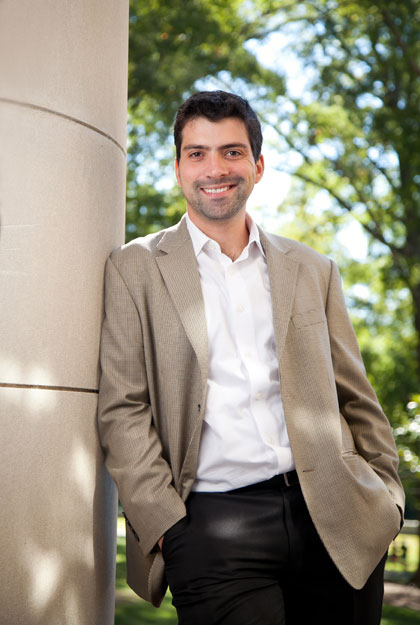
Though contradictory to what Kouchaki and Gino found, the findings have a firm foundation in current psychology literature, De Brigard says. “There are a lot of studies backing the contrary [to Kouchaki and Gino], including research on criminal offenses. People who have committed crimes of passion are known to suffer from a kind of moral PTSD — they constantly relive the event.”
Huang’s study is only one branch of research in a comprehensive analysis of morality and memory De Brigard is exploring now, with the help from the six graduate and eight undergraduate students operating out of his lab.
“Working in a lab with philosophers, psychologists, and neuroscientists, you see different approaches to the same overarching problem,” Huang says. And as he begins to consider PhD programs in neuroscience, this interdisciplinary exposure is a huge asset.
“It’s helpful and inspiring — I can’t take every class, but I can sit and overhear conversations in the lab about philosophy or psychology and learn from it. It widens my perspective.”













 Guest post by Jing Liu, a psychology and neuroscience major, Trinity 2022.
Guest post by Jing Liu, a psychology and neuroscience major, Trinity 2022.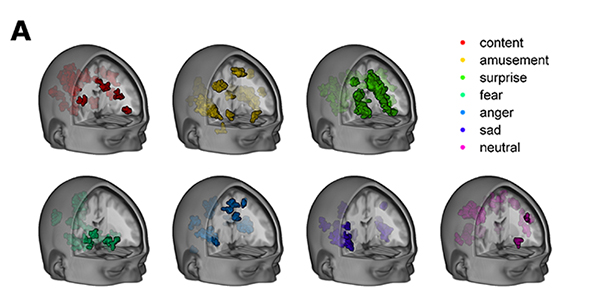

 Guest post by Brynne O’Shea.
Guest post by Brynne O’Shea. 

 Guest Post by Casey Holman, psychology major.
Guest Post by Casey Holman, psychology major.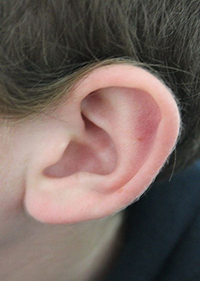

 Guest post by Benjamin Fiszel, Class of 2022.
Guest post by Benjamin Fiszel, Class of 2022.

 Guest post by Kenan Kaptanoglu, Class of 2020.
Guest post by Kenan Kaptanoglu, Class of 2020.
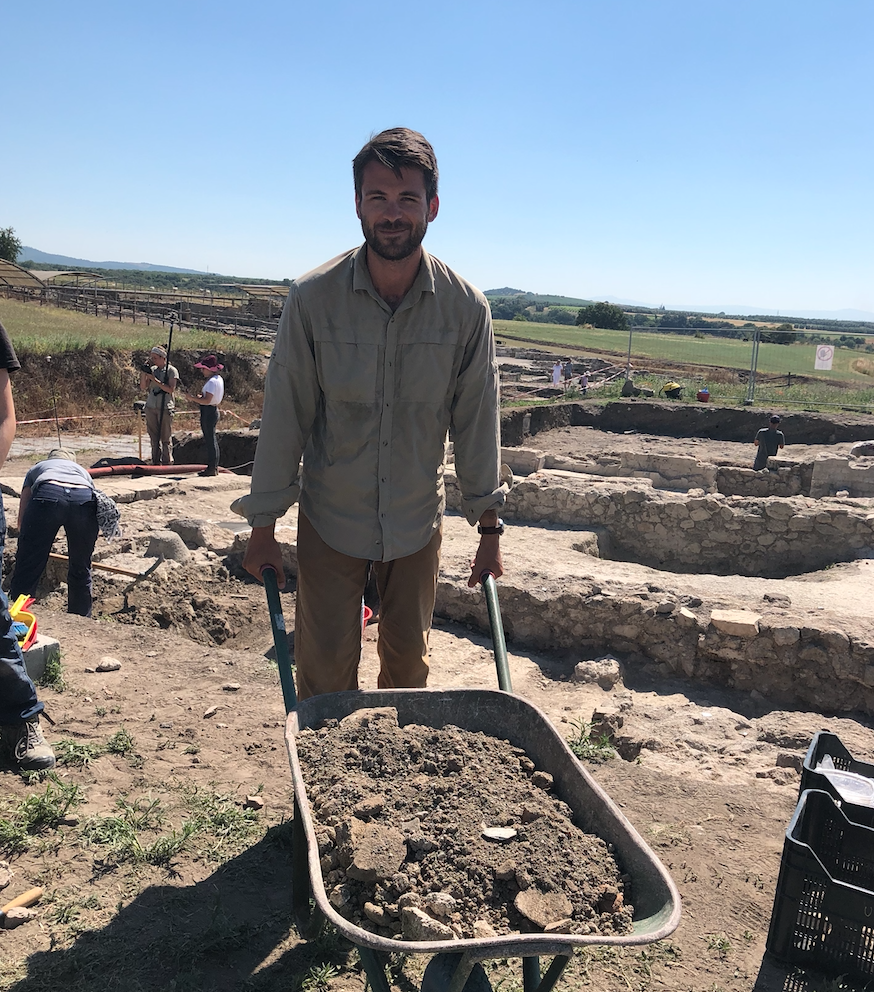


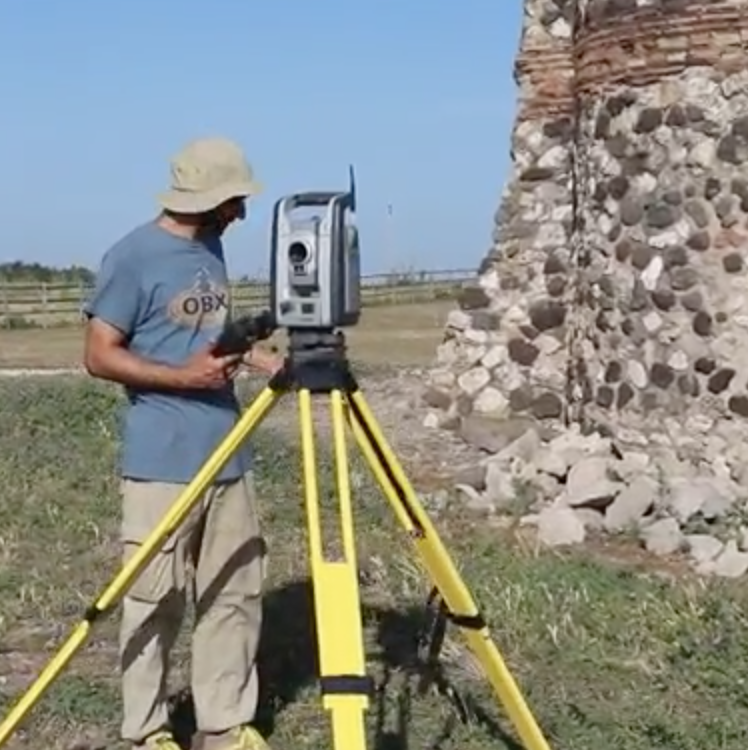
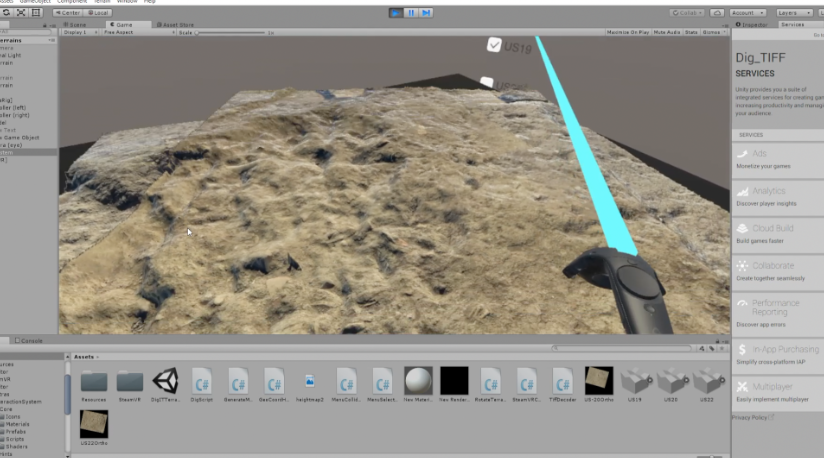




 Guest post by Jesse Lowey, Trinity 2021
Guest post by Jesse Lowey, Trinity 2021